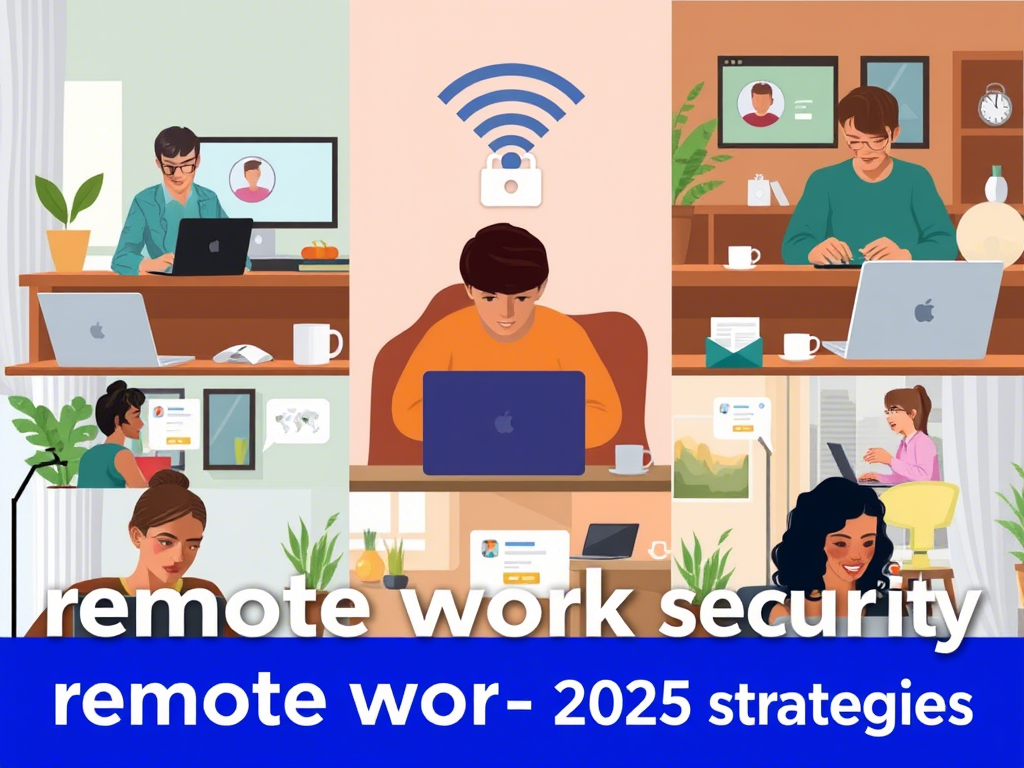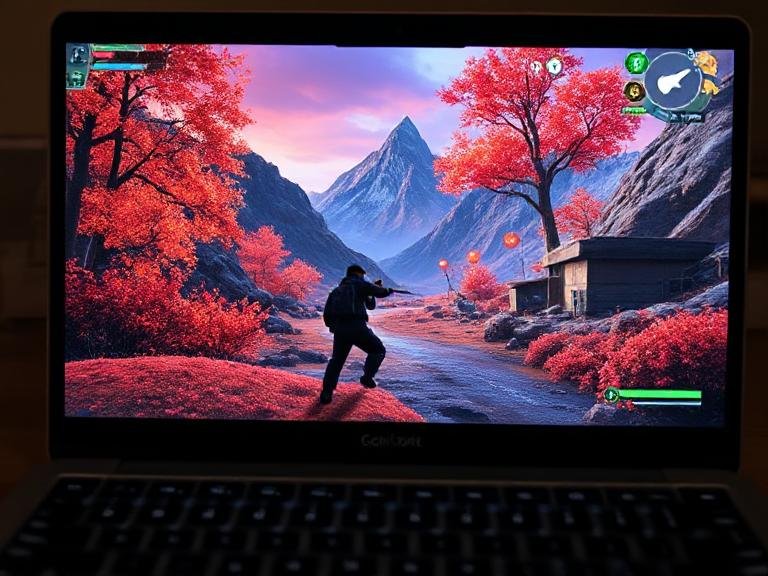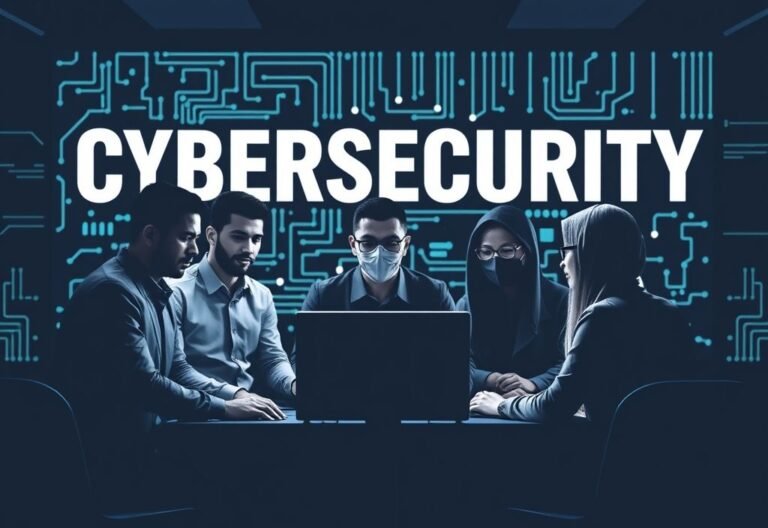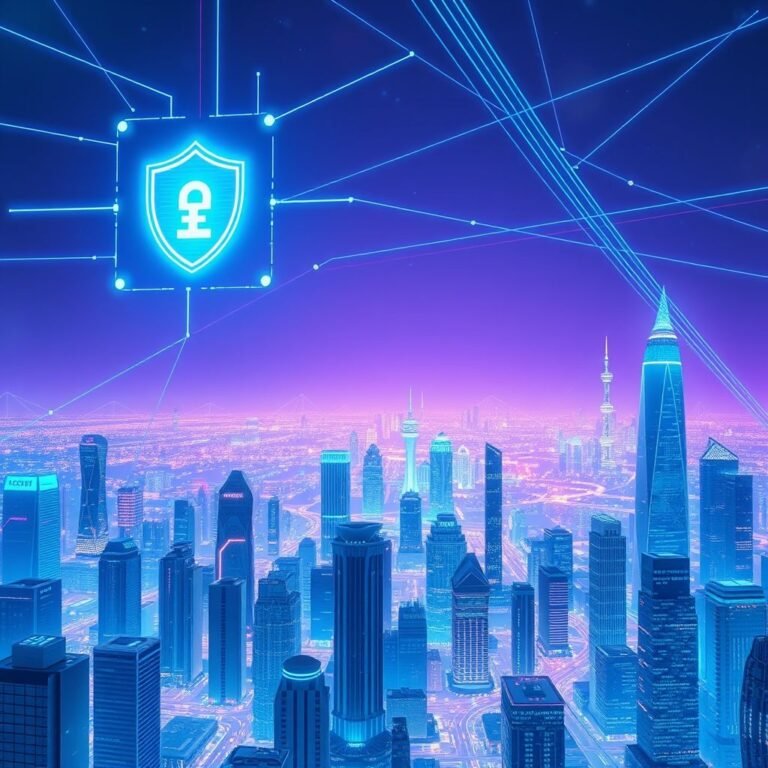
Securing Remote Work in 2025: Advanced Cybersecurity Strategies for Small Businesses
The shift to remote and hybrid work is no longer just a trend — it’s a core part of how modern businesses operate. For small business owners, this flexibility comes with a critical responsibility: ensuring your team, data, and systems remain secure.
In 2025, cyber threats are more sophisticated than ever. Phishing attacks have become harder to detect, insider risks are rising, and regulatory requirements are tightening. If you’re not updating your security strategy regularly, you’re leaving your business exposed.
In this guide, we’ll walk through advanced yet practical steps you can take to protect your business and empower your remote workforce with confidence.
🌐 The New Reality of Remote Work in 2025
Remote work isn’t just about working from home anymore. Employees are logging in from cafes, co-working spaces, and even public Wi-Fi networks — all of which introduce new vulnerabilities.
According to a 2024 Gartner report, 76% of employees now expect flexible work environments as the norm . This means businesses must adapt their security strategies to cover a wider digital footprint — one that includes personal devices, third-party apps, and diverse network environments.
Key risks include:
- Unpatched software and outdated systems
- Weak authentication methods
- Insecure cloud collaboration tools
- Lack of visibility into user activity
- Increased exposure to phishing and social engineering
If your current security plan relies on old assumptions — like trusting internal networks by default — it’s time for an update.
🔒 Advanced Security Strategies for Remote Teams in 2025
To stay ahead of threats, you need more than just firewalls and antivirus software. Here are the most effective security upgrades for small businesses this year:
1. Embrace Zero Trust Architecture
Zero Trust is a security model based on the principle: “Never trust, always verify.” Unlike traditional models that assume everything inside a network is safe, Zero Trust treats every access request as potentially risky — whether it comes from inside or outside your organization.
✅ Implementation Steps:
- Use Identity and Access Management (IAM) platforms like Okta or Azure AD to manage user identities securely
- Enforce Multi-Factor Authentication (MFA) across all accounts
- Apply role-based access controls — users only get access to what they need
- Monitor behavior continuously and flag anomalies in real time
By adopting Zero Trust, you significantly reduce the risk of unauthorized access and lateral movement within your network.
2. Deploy Endpoint Detection and Response (EDR)
Traditional antivirus software can no longer keep up with today’s fast-moving threats. That’s where Endpoint Detection and Response (EDR) solutions come in.
EDR gives you real-time visibility into endpoint activity, detects suspicious behavior, and enables rapid response to potential breaches.
✅ Implementation Steps:
- Choose an EDR platform with AI-driven threat detection and automated response capabilities
- Integrate EDR with your existing security tools (like IAM and firewalls) for better coordination
- Run regular simulations to test detection accuracy and response speed
Popular options include Microsoft Defender for Endpoint, CrowdStrike Falcon, and SentinelOne.
3. Move Beyond Traditional VPNs
Virtual Private Networks (VPNs) were once the go-to solution for secure remote access. But they come with limitations — slow performance, single points of failure, and limited control over user activity.
Instead, consider these modern alternatives:
📌 Software-Defined Perimeter (SDP)
Limits access dynamically based on user identity, device compliance, and location.
📌 Cloud Access Security Brokers (CASBs)
Monitor and enforce policies for cloud app usage, helping prevent shadow IT and data leaks.
📌 Secure Access Service Edge (SASE)
Combines networking and security into a unified cloud-native service, offering faster and more secure access for distributed teams.
These approaches provide greater scalability, performance, and control compared to legacy VPNs.
4. Automate Patch Management
Unpatched software remains one of the top entry points for attackers. With remote workers using personal devices and varying operating systems, manual patching becomes nearly impossible.
✅ Implementation Steps:
- Use Remote Monitoring and Management (RMM) tools to automate updates across all endpoints
- Schedule regular audits to identify missing patches
- Test updates in isolated environments before rolling them out widely
Tools like NinjaOne, Kaseya, and Atera offer robust patch management features tailored for small businesses.
5. Cultivate a Security-First Culture
Technology alone won’t protect your business. Human error remains one of the biggest cybersecurity risks.
✅ Best Practices:
- Provide ongoing, easy-to-digest cybersecurity training
- Conduct regular phishing simulations to test employee awareness
- Create clear, jargon-free security policies that everyone understands
You should also tie cybersecurity performance to leadership goals, reinforcing accountability at every level.
6. Implement Data Loss Prevention (DLP)
With sensitive information being shared across multiple devices and platforms, the risk of accidental or intentional data leaks has never been higher.
✅ Implementation Steps:
- Use DLP tools to classify and tag sensitive data (e.g., financial records, customer info)
- Set contextual rules to restrict sharing based on user roles, device types, or locations
- Enable content inspection to detect and block unauthorized transfers
Microsoft Purview and Symantec DLP are excellent choices for small businesses looking to implement strong DLP policies.
7. Adopt Security Information and Event Management (SIEM)
A Security Information and Event Management (SIEM) system acts as your central command center for detecting and responding to threats.
✅ Key Features:
- Aggregates logs from EDR, IAM, firewalls, and cloud services
- Uses machine learning to spot unusual patterns and trigger alerts
- Simplifies compliance reporting for regulations like GDPR, HIPAA, or PCI DSS
Consider platforms like Microsoft Sentinel , Splunk Enterprise Security , or LogRhythm to gain holistic visibility across your environment.
🛡️ Building a Unified Security Framework for 2025
Security shouldn’t be a collection of disconnected tools. To truly protect your business, you need a cohesive, adaptable framework.
Here are five expert tips for creating one:
1. Centralize Visibility with a Unified Dashboard
Use a SIEM platform to gather data from all your security tools into a single view. Customize dashboards for different roles — IT, leadership, compliance — so everyone gets the insights they need.
2. Standardize Identity and Access Control
Implement Single Sign-On (SSO) and MFA to simplify access while strengthening security. Regularly audit permissions and apply the principle of least privilege (PoLP) .
3. Use Automation and AI for Faster Threat Response
Configure your EDR and SIEM systems to automatically isolate compromised devices or lock suspicious accounts. Use AI to detect subtle anomalies like unusual login times or large data transfers.
4. Run Regular Security Reviews and Simulations
Conduct quarterly audits of your entire security stack. Perform penetration testing and simulated attacks to uncover weaknesses before attackers do.
5. Build for Long-Term Agility
Choose cloud-native, modular tools that integrate well with your current setup. Prioritize usability and interoperability — especially when deploying across multiple locations and devices.
Remote and hybrid work isn’t going away — and neither are the threats that come with it. By adopting advanced security strategies like Zero Trust, EDR, and automation, you can turn your remote infrastructure into a secure, high-performing environment.
Start by assessing your current risks, then prioritize the implementation of key technologies and cultural changes. And if managing security feels overwhelming, consider partnering with a trusted Managed IT Service Provider (MSP) who can help monitor, maintain, and scale your defenses.
Your goal isn’t just to survive in 2025 — it’s to thrive with confidence, knowing your business is protected against today’s most dangerous threats.





